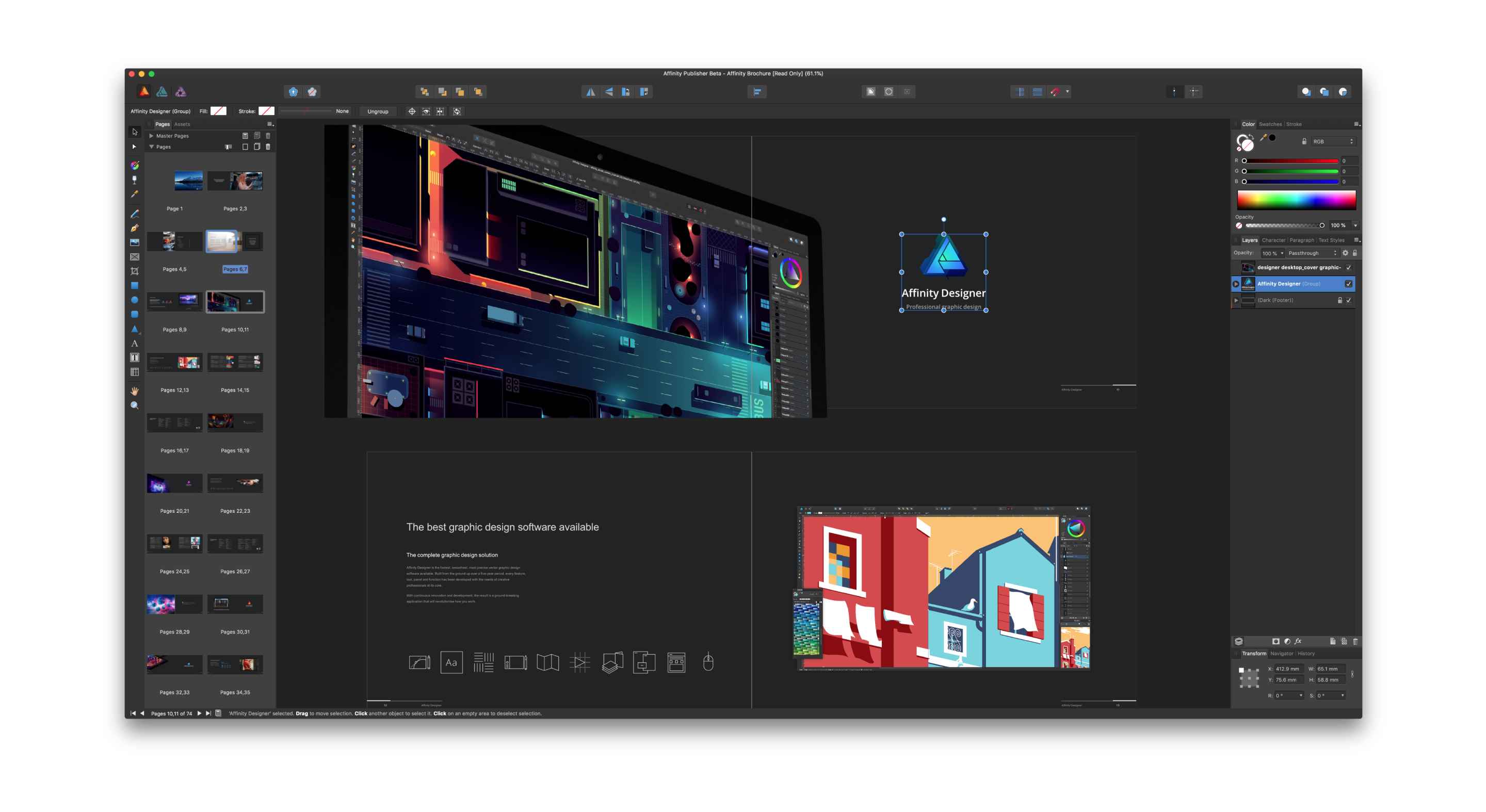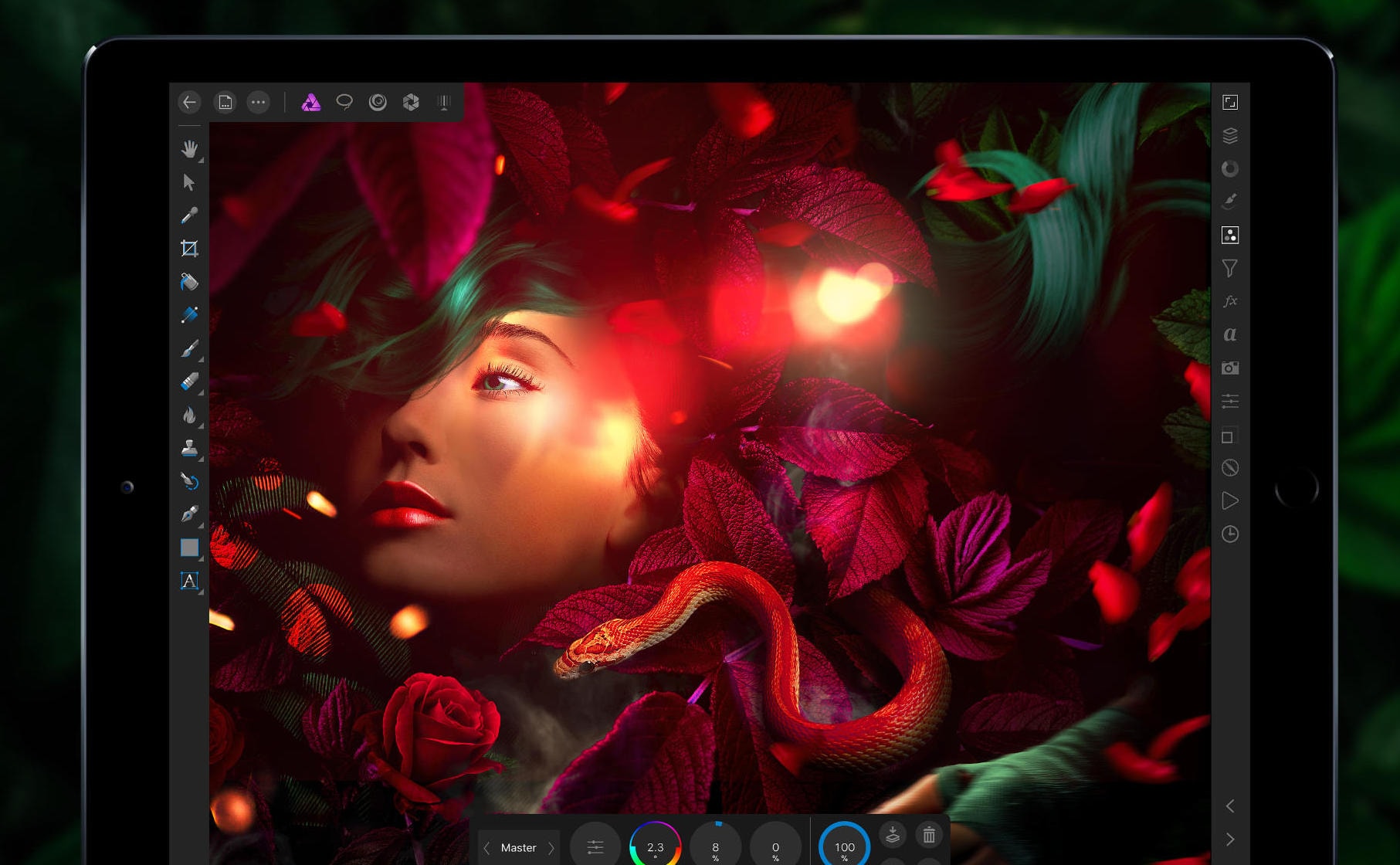
Overall, Affinity Photo 2 is well thought out and extremely powerful, with a very attractive cost compared with rival image-processing software.

Like its predecessor, Affinity Photo 2 can’t use Photoshop actions, but you can create macros and save many pre-set adjustments and tool manipulations to automate processing steps. The lack of colour on the adjustment tools in the interface made it a little difficult initially to identify the tool we wanted, but this is a minor niggle.Īll the adjustment tools worked very well, creating an adjustment layer nested within the image layer being worked on, which is slightly different from the older version where adjustment layers sit above the selected layer.Īn annoying trait carried over from its predecessor is compressing TIFF files by default, which can cause quality problems if the saved file is further processed in other software.Īn interesting feature is that several plugins designed for Adobe Photoshop also worked well with Affinity Photo 2, but we found that the success of running plugins depended on the computer’s graphics card. However, we found that the adjustment tools didn’t allow us to rearrange them, nor are they arranged alphabetically. Tools can be made visible or hidden, and moved about. We liked the way that the interface layout could be customised to suit the user.

The software downloaded easily, flawlessly installing on the PC and Mac computers we tried. To try out the software before buying, Serif offers a 30-day trial.

There are licences for PC, Mac and iPad, plus a Universal Licence that allows the full Affinity Suite to be installed on multiple machines with different operating systems. We liked Affinity Photo 2’s one-off payment user licence model, not locking you into paying a long-term, monthly subscription.

User interface Purchasing Serif Affinity Photo 2


 0 kommentar(er)
0 kommentar(er)
